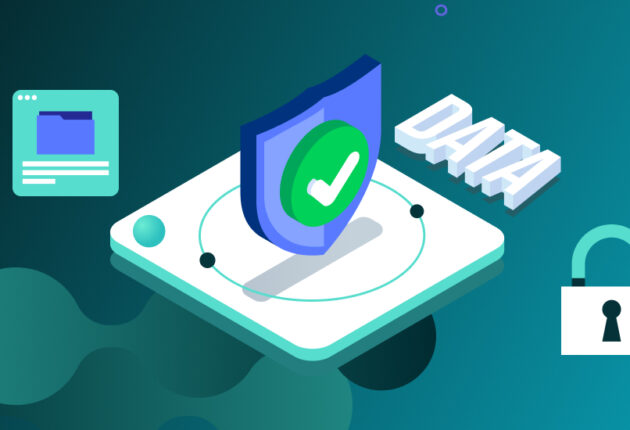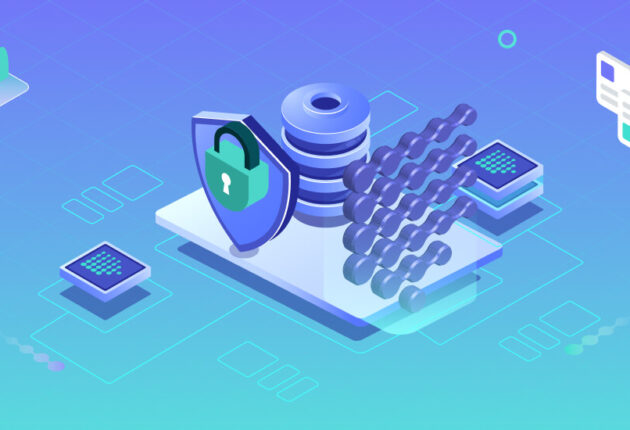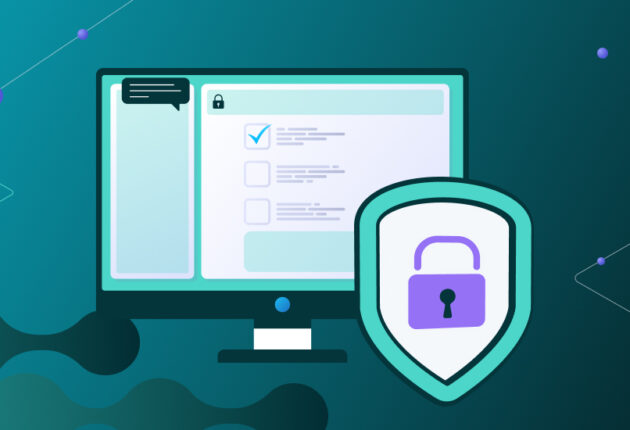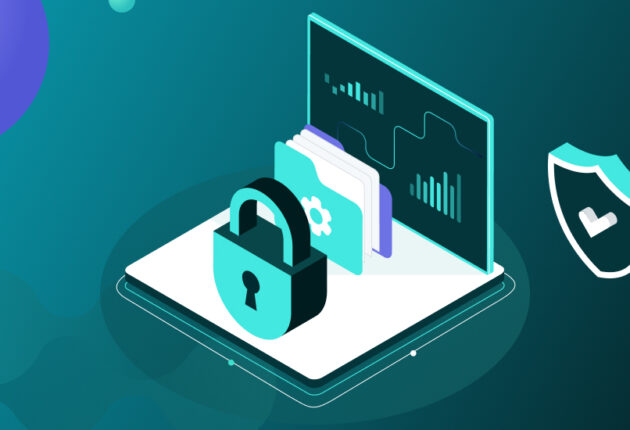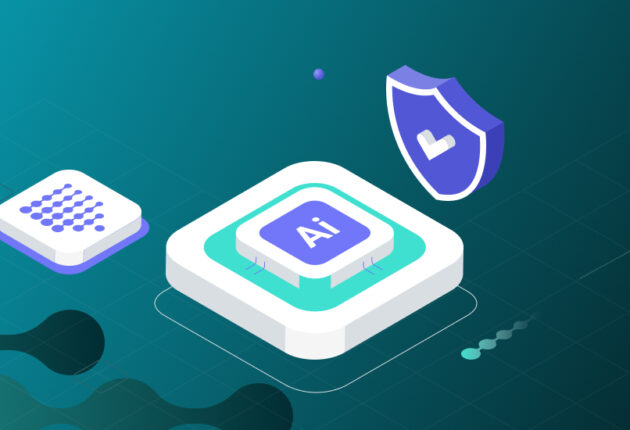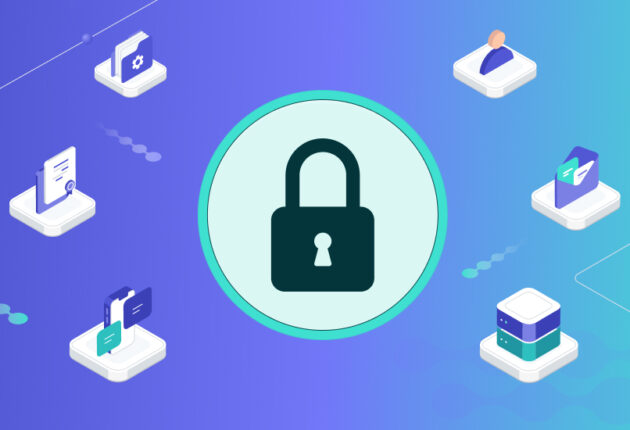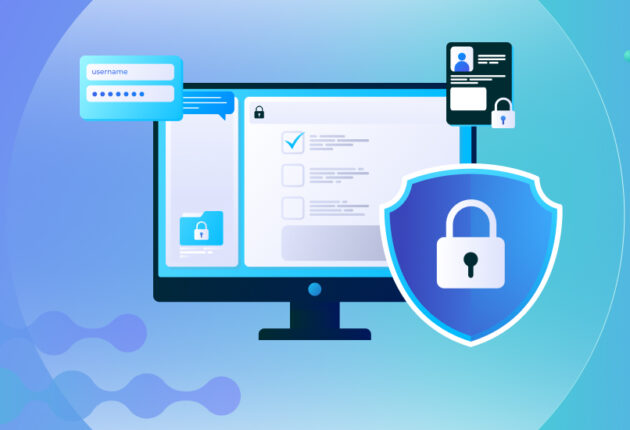Nowadays, organizations across industries grapple with the challenge of extracting valuable insights from their data while upholding the highest standards of privacy and compliance dictated by a growing number of regulations. Measures such as the General Data Protection Regulation (GDPR), the CCPA (California Consumer Protection Act), and the Health Insurance Portability and Accountability Act (HIPAA), for example, are established to protect individuals’ privacy rights and enforce strict guidelines on organizations handling personal data. Therefore, in the realm of artificial intelligence (AI) and machine learning (ML), maintaining data privacy while deriving meaningful insights presents a significant challenge. Differential privacy (DP) emerges as a cutting-edge data anonymization technique, offering robust privacy guarantees that seamlessly align with various data protection regulations. This makes it an asset for organizations operating across diverse industries and regions.
In this article:
- The regulatory landscape
- Differential Privacy
- Case studies and real-world examples
- Implementing DP: challenges and considerations
- Conclusion
The regulatory landscape
Before diving into the nuances of DP, it’s crucial to understand the core principles of “data privacy” and “data protection.” Data privacy encompasses individuals’ rights to manage the collection, utilization, and dissemination of their personal information, while data protection involves shielding this information from unauthorized access or misuse.
Laws safeguard data privacy through a blend of regulations and standards dictating how organizations gather, employ, store, and distribute personal data. These laws are designed to shield individuals’ data from unauthorized access, misuse, and breaches.1
GDPR and data protection laws
The GDPR mandates stringent requirements for organizations handling personal data to ensure transparency, accountability, and user consent2. Failure to comply with the GDPR can result in substantial fines and reputational damage. Similarly, data protection laws in various jurisdictions, such as the CCPA and the Brazilian General Data Protection Law (LGPD), impose stringent requirements on how organizations handle personal data.
GDPR protects individuals’ personal data by setting standards for its collection, processing, and storage. Key aspects include:
- Data protection: ensuring that personal data is processed lawfully, fairly, and transparently.
- Anonymization: removing or encrypting personally identifiable information to prevent individuals from being identified.
- Compliance requirements: organizations must adhere to strict guidelines regarding data handling, consent, and breach notification.
Sector-Specific Regulations
In addition to overarching data protection laws, sector-specific regulations that mandate robust privacy safeguards include3:
- Healthcare: the Health Insurance Portability and Accountability Act (HIPAA) in the United States imposes strict privacy and security rules on healthcare providers, ensuring the protection of patients’ sensitive health information.
- Financial: the Gramm-Leach-Bliley Act (GLBA) requires financial institutions to implement measures to safeguard consumer financial data, emphasizing the importance of data privacy and security in the financial industry.4
- Children’s Online Privacy: The Children’s Online Privacy Protection Act (COPPA) focuses on protecting the online privacy of children under 13 years old, regulating how websites and online services collect, use, and disclose personal information from minors.
These sector-specific regulations play a crucial role in ensuring that sensitive data within specific industries is handled with the utmost care and protection, aligning with broader data protection laws like GDPR and CCPA.
Data Peace Of Mind
PVML provides a secure foundation that allows you to push the boundaries.

Differential Privacy
The Rise of Differential Privacy
While regulations enhance privacy rights, they also present challenges for organizations striving to leverage data for insights and innovation.
Anonymization plays a pivotal role in ensuring data security by removing personally identifiable information from datasets. However, traditional anonymization techniques often fall short in preserving the utility of data for analysis, leading to a trade-off between privacy and accuracy. Enter DP – a breakthrough concept that addresses the tension between data utility and privacy preservation. Coined by Cynthia Dwork and colleagues5, it provides a framework for quantifying the privacy guarantees of data analysis algorithms (Please see also our article “The Most Common Data Anonymization Techniques”).
DP provides a mathematically quantifiable way to balance data privacy and utility by adding controlled noise to datasets and ensuring that individual sensitive information remains confidential while allowing for accurate analysis and insights to be drawn from the data.6 As we will see below, this approach aligns with several regulations by enabling organizations to analyze and share private data without revealing personal information, thus meeting the requirements for data privacy compliance without compromising data utility.7
How DP fits with regulations
DP meets the requirements of multiple regulations in the following way:
- Quantifiable privacy guarantee: DP provides a mathematically rigorous way to quantify the level of privacy protection through the privacy loss parameter, epsilon (ε). This allows organizations to demonstrate a measurable and provable level of privacy safeguards, as required, for example, by the GDPR principle of “data protection by design and by default.”8 9
- Minimizing data disclosure: DP achieves privacy by adding controlled noise to query results, ensuring that individual-level information cannot be inferred, even in the event of a data breach. This aligns with the GDPR principle of data minimization, where organizations must only collect and process the minimum amount of personal data necessary.10 11
- Enabling data utility: by striking a balance between privacy and utility, DP allows organizations to extract valuable insights from data while still protecting individual privacy. This supports the GDPR goal of enabling the free movement of data if appropriate safeguards are in place.12 13
- Compliance assurance: the GDPR requires organizations to use state-of-the-art techniques for data protection. DP is considered the de facto standard for data privacy, as it is the most mathematically rigorous and proven method available, providing a strong compliance mechanism for organizations.14
- Adaptability to regulations and industries: DP’s “privacy tuner” approach allows organizations to adjust the privacy-utility trade-off to meet the specific requirements of various data protection regulations, making it a versatile tool for compliance. Furthermore, whether an organization operates in the healthcare, finance, retail, or any other sector, DP’s broad applicability makes it an asset for organizations seeking a unified approach to data privacy and regulatory compliance.
- Regulatory compliance through privacy-by-design: DP embodies the principle of privacy-by-design. By incorporating privacy considerations from the outset, differential privacy enables organizations to embed robust privacy safeguards into their data processing and analysis workflows.
Aside from providing rigorous privacy guarantees, DP has two more benefits:
- Preservation of Data Utility: DP enables meaningful analysis and insights without compromising individual privacy.
- Flexibility: DP is applicable across various data analysis tasks, including machine learning model training and statistical analysis.
In summary, DP’s ability to quantify privacy, minimize data disclosure, enable data utility, and adapt to regulatory requirements makes it a powerful tool for organizations to comply with data protection regulations.
Case studies and real-world examples15
Numerous applications demonstrate the practicality of implementing DP:
- Data aggregation: aggregate queries in databases without revealing sensitive information about individuals.
- Machine learning: train models on sensitive data while preserving the privacy of individual training samples.
- Statistical analysis: conduct surveys and studies while protecting the confidentiality of participants.
Several prominent organizations have successfully implemented DP to maintain regulatory compliance while unlocking the value of their data. For example:
- Apple has integrated DP into its products and services, such as iOS and macOS, to protect user privacy while improving features like keyboard predictions and emoji suggestions.
- Google has embraced DP in various products, including the Google Analytics suite, to provide privacy-preserving insights and analytics to its customers.16
- Sensor Tower, a market intelligence company, has implemented DP to safeguard consumer data. By utilizing this technique, Sensor Tower ensures that individual user information remains anonymous while still providing accurate aggregate data insights.17
- Microsoft has leveraged DP in its Windows operating system and other products to enhance privacy while enabling data-driven improvements and personalization.
- United States Census Bureau: has adopted DP techniques to protect the confidentiality of census data while still providing accurate statistical information for policymaking and research.
These real-world examples demonstrate the versatility and effectiveness of DP in addressing regulatory compliance across diverse industries and use cases.
Implementing DP: challenges and considerations
While DP offers compelling benefits, it is crucial to acknowledge potential challenges and considerations. Implementing DP can involve complex mathematical algorithms and necessitate trade-offs between privacy levels and data utility (see also our article “The Most Common Data Anonymization Techniques”). Organizations may need to invest in specialized expertise and resources to effectively integrate DP into their data pipelines.
Additionally, it’s essential to recognize that DP is not a panacea for all privacy concerns. It primarily addresses the privacy risks associated with data analysis and computation but may need to be complemented by other privacy-enhancing technologies and organizational measures to provide comprehensive data protection (see also our article: “Which and how privacy-preserving technologies, and in particular DP, can help to share data safely in light of the new Data Act?”)
Below is a list of some of the challenges that DP poses:
- Noise sensitivity: balancing privacy and utility requires careful calibration of noise levels, which can impact the accuracy of analysis.
- Computational overhead: adding noise to queries incurs computational costs, necessitating efficient algorithms and infrastructure.
- User education: educating users about the trade-offs between privacy and utility is essential for fostering acceptance and understanding.
Addressing these challenges requires collaboration between researchers, policymakers, and industry stakeholders to develop scalable and user-friendly solutions.
Conclusion
As data continues to drive innovation and shape business strategies, embracing DP can give organizations a competitive advantage, building trust and enabling responsible data usage. It emerges as a valuable solution for achieving compliance without compromising data utility. It also serves as a versatile approach that maintains rigorous data protection standards and fuels innovation in AI and machine learning.
As we have seen, by embracing the principles of DP, organizations can navigate the complex landscape of data privacy regulations while unlocking the full potential of their data assets. Furthermore, akin to the scenarios examined earlier, organizations can position themselves as leaders in their respective industries by proactively addressing privacy concerns and showcasing ethical data practices, setting the stage for a future where data-driven insights and robust privacy coexist harmoniously.
Ultimately, the adoption of DP is expected to drive innovation and foster trust between organizations and their customers or stakeholders. DP stands as a beacon of hope, offering a path forward where privacy and innovation can coexist harmoniously.
This is why embracing DP allows organizations to uphold their dedication to data protection while driving valuable insights and innovation forward.
- Consent: data privacy laws often require organizations to obtain explicit consent from individuals before collecting their personal information.
- Data Minimization: laws emphasize the principle of data minimization, which means organizations should only collect the minimum amount of personal data necessary for a specific purpose.
- Data Security: regulations mandate that organizations implement robust security measures to protect personal data from breaches and unauthorized access including encryption, access controls, and regular security assessments.
- Data Breach Notification: In the event of a data breach that compromises individuals’ personal information, laws often require organizations to notify affected parties promptly.
- Individual rights: data privacy laws grant individuals certain rights over their personal information, such as the right to access, correct, or delete their data held by organizations.
- Accountability: organizations are held accountable for complying with data privacy laws and are subject to penalties for non-compliance.
2 Id as note 1
3 David Harrington, “Us Privacy Laws: The complete guide”, 2 Sep 2022, Varonis, https://www.varonis.com/blog/us-privacy-laws
4 Federal Register, https://www.federalregister.gov/documents/2021/12/09/2021-25736/standards-for-safeguarding-customer-information
5 Cynthia Dwork, “Differential Privacy” (Microsoft Research, 2006), https://www.microsoft.com/en-us/research/publication/differential-privacy/
6 Cem Dilmegani, Differantial Privacy How it Works, AI Multiple, 12 January 2024, https://research.aimultiple.com/differential-privacy/
7 Galois, Differential Privacy, https://galois.com/differential-privacy-powerful-protection-for-data-privacy/
8 Eliana Grosof, Applications of Differential Privacy, Towards Data Science, 2 Oct 2020, https://towardsdatascience.com/applications-of-differential-privacy-to-european-privacy-law-gdpr-and-machine-learning-141938975a68
9 Nicholas Molyndris, Differential Privacy as a way to protect first party data, Decentriq, 15 June 2022, https://www.decentriq.com/article/differential-privacy-as-a-way-to-protect-first-party-data
10 Id as note 9
11 Privacy Rules, Differential Privacy: Balancing Data, 9 November 2023,https://www.privacyrules.com/differential-privacy-balancing-data-insights-and-individual-privacy/
12 Id as note 8
13 Id as note 9
14 Id as note 9
15 Id as note 8
16 Id as note 9
17 https://sensortower.com/blog/sensor-tower-introduces-differential-privacy

